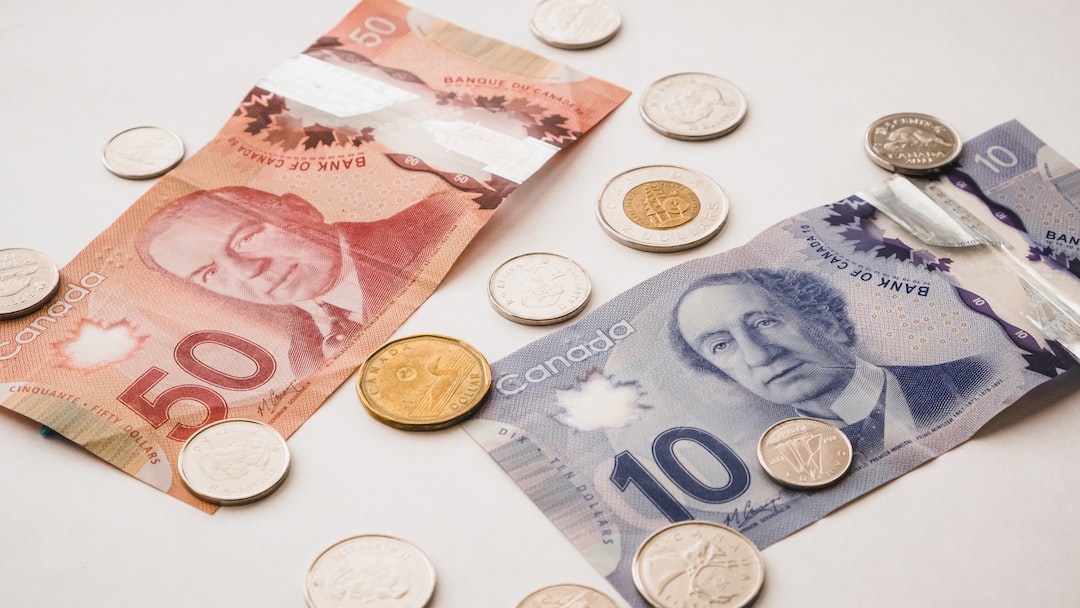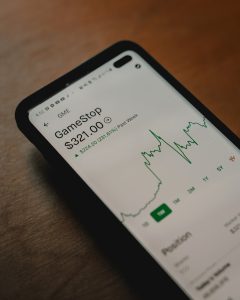Forex trading is a complex and exciting activity that requires knowledge, skills, and experience. To succeed in the forex market, traders need to have a deep understanding of several concepts, such as pips and leverage.
Pips, or price interest points, are the smallest units of measurement in forex trading. In simple terms, a pip is the fourth decimal place in a currency pair, except for the Japanese yen, where a pip is the second decimal place. For instance, if the EUR/USD currency pair moves from 1.1000 to 1.1001, it means that the price has increased by one pip.
The value of a pip depends on the currency pair and the size of the trade. For example, if a trader buys 10,000 units of EUR/USD at 1.1000 and the price moves to 1.1001, the trader has made a profit of one pip. If the trader closes the position at this point, the profit will be $1 (assuming the account is denominated in USD) because one pip for this trade size is worth $0.10. However, if the trader buys 100,000 units of EUR/USD, one pip will be worth $10.
It is essential to note that pips do not represent the actual profit or loss made in a trade. The profit or loss depends on the size of the trade, the entry and exit points, and other factors. Therefore, traders should focus on the percentage gain or loss rather than the number of pips.
Leverage is another critical concept in forex trading. Leverage is the ability to control a large amount of money with a small investment. In other words, leverage allows traders to magnify their potential profits and losses. For example, if a trader has a leverage of 1:100, it means that the trader can control $100,000 with a $1,000 investment.
Leverage is expressed in ratios, such as 1:10, 1:50, 1:100, and so on. The higher the leverage, the larger the position a trader can take, and the more significant the potential profits and losses. However, leverage can be a double-edged sword, as it can also increase the risk of losing money. Therefore, traders need to use leverage wisely and manage their risk carefully.
To illustrate the impact of leverage on trading, let’s consider two examples. Suppose a trader has a $10,000 account and wants to buy 100,000 units of EUR/USD at 1.1000. If the trader uses no leverage, the trade size will be 10,000 units, and one pip will be worth $1. If the price moves to 1.1001, the profit will be $10.
Now, suppose the trader uses a leverage of 1:100. In this case, the trade size will be 100,000 units, and one pip will be worth $10. If the price moves to 1.1001, the profit will be $1000. As we can see, leverage can increase the potential profit, but it also increases the potential risk.
Traders should also keep in mind that leverage can vary depending on the broker and the account type. Some brokers offer high leverage, while others offer lower leverage. Additionally, some regulatory bodies impose restrictions on leverage to protect traders from excessive risk.
In conclusion, pips and leverage are two critical concepts in forex trading. Pips represent the smallest unit of measurement in currency pairs, and their value depends on the size of the trade. Leverage allows traders to control a large amount of money with a small investment, but it also increases the potential risk. Therefore, traders need to understand these concepts and use them wisely to succeed in the forex market.






